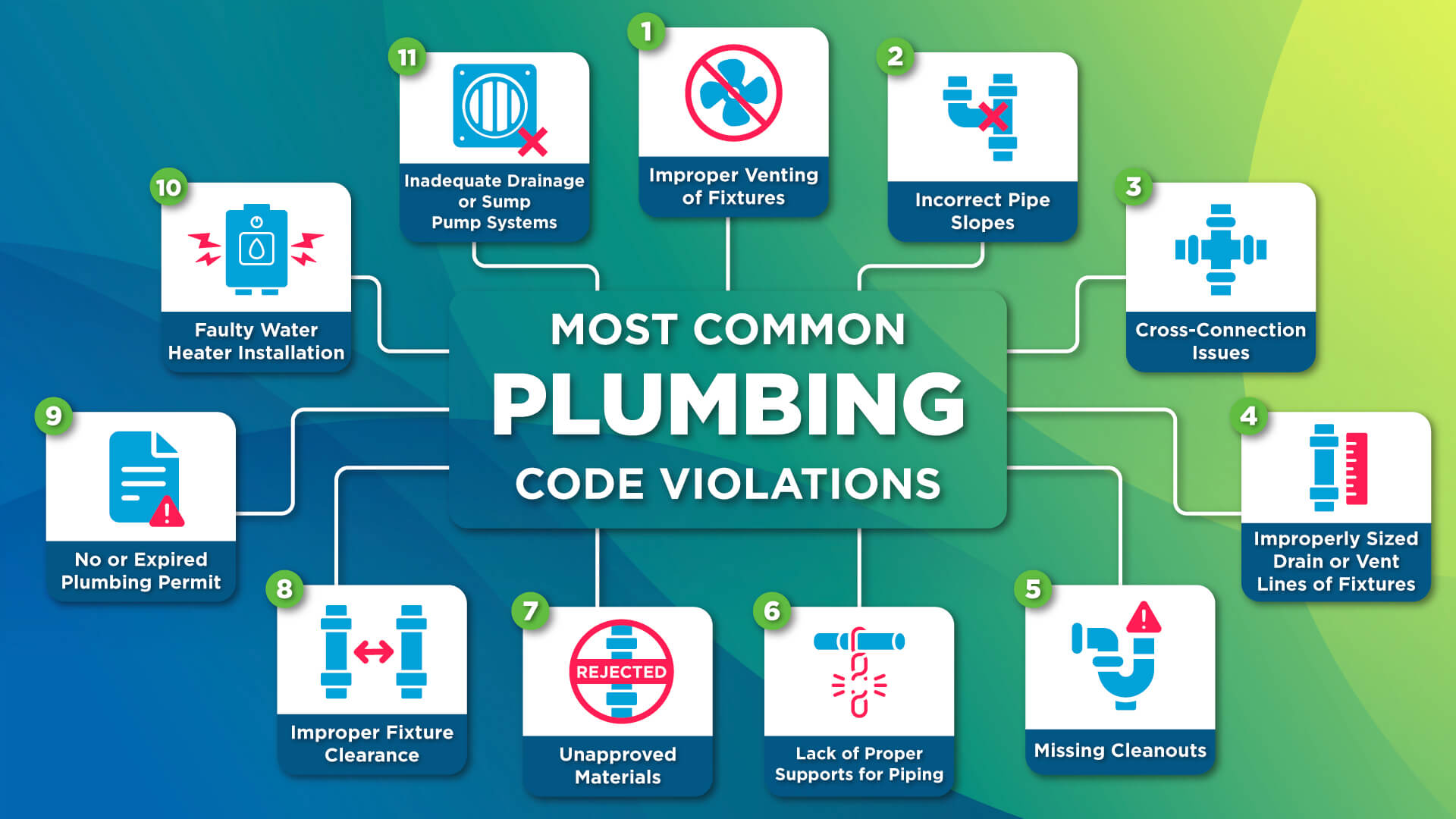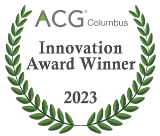Violating plumbing codes can cause serious issues for any property, from water leaks and contamination to costly repairs and legal trouble. Understanding these plumbing code violations and how to avoid them is essential for keeping your plumbing system safe, efficient, and compliant with local regulations. Following proper codes ensures long-term reliability and protects both your building and its occupants.
Why Do Plumbing Codes Matter?
Plumbing codes exist to safeguard public health, prevent property damage, and maintain consistent quality across all installations. Local and national regulations, such as the International Plumbing Code (IPC) and Uniform Plumbing Code (UPC), serve as guiding frameworks for every system. These codes cover everything from drainage and venting to materials and fixture spacing.
Non-compliance affects more than just inspections – it can jeopardize insurance coverage and result in penalties or denied claims. A failed inspection can delay project completion and add thousands in repair costs. The plumbing code book functions as a critical tool, detailing the standards professionals must follow to ensure both functionality and safety in every project.
11 Most Common Plumbing Code Violations

1. Improper Venting of Fixtures
Venting allows wastewater to flow smoothly without an airlock or suction. One of the common plumbing mistakes homeowners and inexperienced installers make is neglecting to properly vent sinks, toilets, or tubs. This leads to gurgling sounds and slow drains. Correct venting ensures air balance and prevents sewer gas from entering living spaces.
2. Incorrect Pipe Slopes
Drain pipes require a precise slope, usually 1/4 inch per foot, for proper gravity flow. Too steep or too flat a slope can cause clogs or standing water. Adhering to plumbing regulations helps maintain the correct gradient, ensuring that waste moves efficiently without backup risks.
3. Cross-Connection Issues
Cross-connections occur when potable water meets wastewater lines, leading to contamination. Anti-siphon valves and backflow preventers are mandatory safeguards against this issue. These devices protect drinking water quality and are part of both local and federal plumbing standards.
4. Improperly Sized Drain or Vent Lines
Using undersized piping creates pressure problems and drainage inefficiencies. This violation often goes unnoticed until backups or leaks occur. Consulting updated size charts in the code book ensures that every fixture’s flow rate is adequately supported.
5. Missing Cleanouts
Cleanouts provide easy access points for clearing blockages. Failing to install them can make maintenance difficult and non-compliant with most building codes. Inspectors often mark this as a major issue during routine evaluations.
6. Lack of Proper Supports for Piping
Unsupported pipes sag or disconnect over time. Straps, brackets, and hangers should be installed at code-specified intervals. This prevents strain on joints and connections, especially important in high-pressure water systems. Discover how expert repiping services in Dayton can help prevent these issues!
7. Unapproved Materials
The use of non-listed materials like flexible tubing or inappropriate fittings is a frequent violation. The building code specifies approved materials for both water and waste systems. Always verify that components meet the required listings before installation.
8. Improper Fixture Clearance
Toilets, sinks, and showers must have minimum spacing for accessibility and safety. Violating these measurements may not only fail inspection but also create usability issues for occupants. Following dimension guidelines prevents rework later.
9. No or Expired Plumbing Permit
Starting work without a valid plumbing permit is a significant code breach. Permits ensure accountability and that all work is performed by licensed professionals. Skipping this step may result in fines and mandatory re-inspection.
10. Faulty Water Heater Installation
Incorrectly vented or supported water heaters can cause dangerous gas leaks or pressure explosions. Adhering to vent clearance rules and pressure-relief valve installation is vital. This is important to follow during a water heater installation.
11. Inadequate Drainage or Sump Pump Systems
Basements or low-lying areas often require sump pumps for moisture control. Improper installation or missing discharge lines can lead to flooding and structural damage. Using manufacturer-approved pumps and following code compliance checklist guidelines prevents these hazards.
The Role of the Plumbing Code Book
The code book serves as the ultimate reference guide for contractors, inspectors, and designers. It defines every requirement for the design, installation, and maintenance of plumbing systems. Professionals rely on it to interpret standards for everything from pipe materials to vent sizing.
Updated editions of the IPC and UPC are released regularly, ensuring compliance with evolving technologies and safety concerns. Reading and referencing this resource daily keeps plumbers informed, ensuring fewer plumbing code compliance violations during projects.
How to Identify and Fix Code Violations?
Detecting violations starts with a thorough inspection process. During new installations, reviewing plans against current codes prevents errors before they happen. When violations occur, corrective steps may include resizing pipes, adding vent lines, or replacing unapproved materials.
Hiring licensed plumbers ensures expertise in code interpretation and adherence. Homeowners can request a plumbing inspection from certified authorities to verify compliance. Early detection saves money and prevents extensive damage caused by undetected system faults.
Preventing Plumbing Code Violations
Prevention begins with knowledge. Staying informed about the latest standards and amendments to regional plumbing codes minimizes compliance risks. Maintaining detailed documentation, including permits and inspection records, streamlines future verification. Professionals should cross-check each project using a code compliance checklist before final sign-off.
Training staff and apprentices on proper installation techniques also reduces the likelihood of recurring mistakes. Most importantly, continuous education and consulting official code book updates ensure that even minor details are handled correctly from the start.
Conclusion
Violating plumbing codes can lead to major setbacks, failed inspections, expensive rework, and even legal action. By understanding the most frequent issues and regularly consulting the plumbing codes, both homeowners and professionals can ensure safe, compliant, and durable plumbing systems.
Whether you’re upgrading fixtures, performing repairs, or overseeing new construction, strict adherence to plumbing regulations is assured by Eco Plumbers, Electricians, and HVAC Technicians. Proactive education and meticulous attention to detail are your best defenses against costly compliance errors. Call them at (855) 326-7586 for more details.








